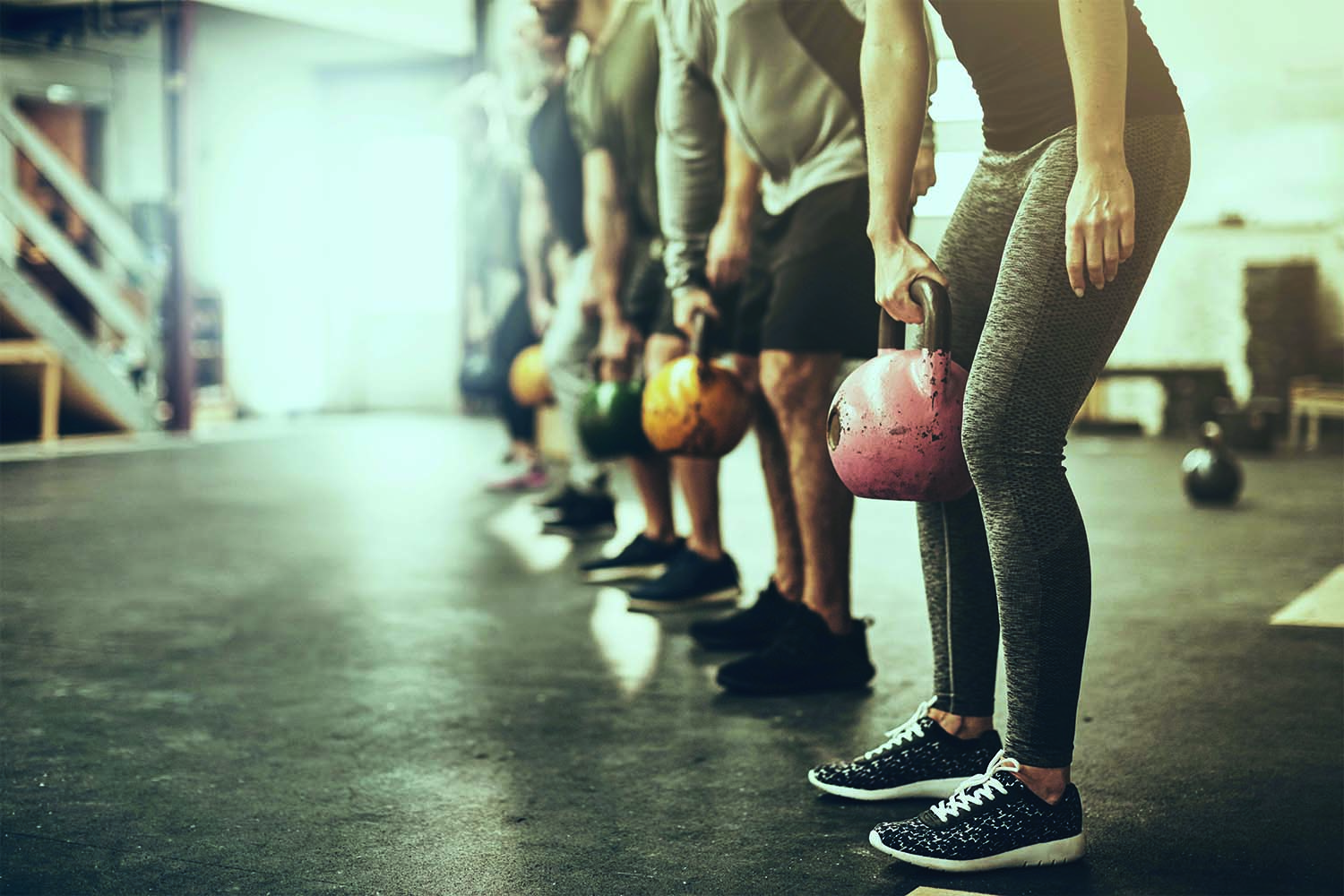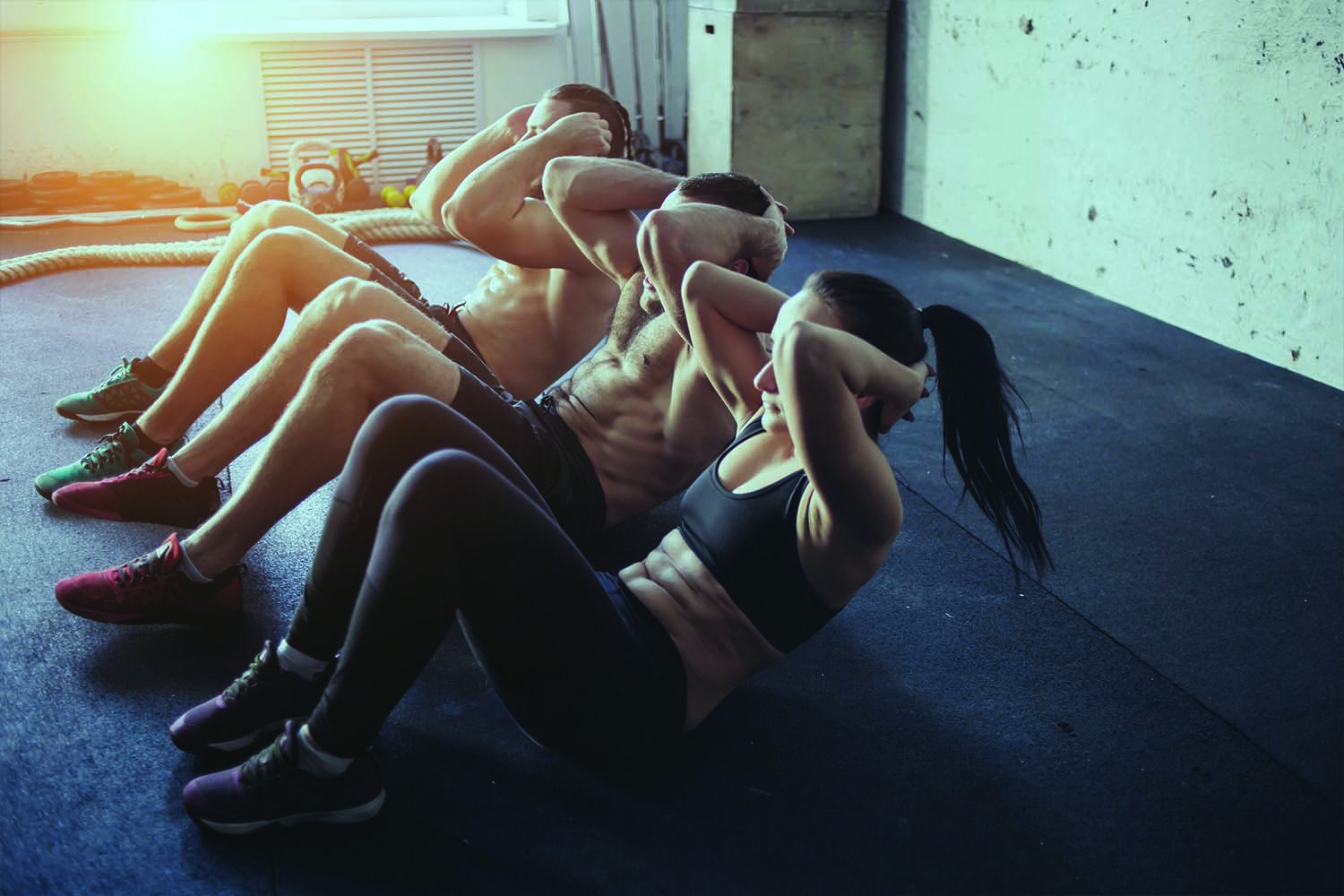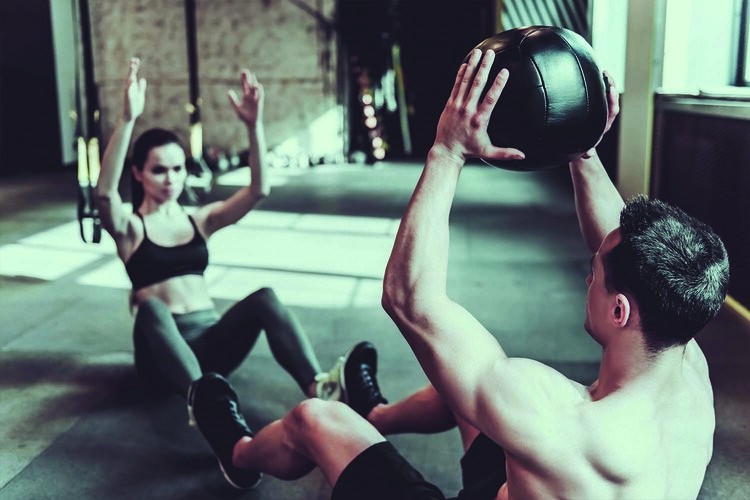You just helped your friend move his things to his new home and you’ve never felt so exhausted in your life. This is after all the hours you spent at the gym building your strength and endurance. So, what happened? If your body literally cannot pull its weight in real-life scenarios, then you might not be paying enough attention to your functional fitness.
What is functional fitness?
For the uninitiated and those who do not really follow gym news, functional fitness is the latest craze in the fitness world now. Basically, functional fitness trains your muscles so that they could function well in real-life scenarios. Take bench presses, for example, sure you could do them to get a toned chest, but can you think of a real-life scenario wherein you need to lie flat on your back and push something up?
That is where functional fitness comes into the picture. The core philosophy behind functional fitness is practicality. What exercises would you be able to replicate in the real world? Another aspect of functional fitness is integration. In functional fitness, your muscles are taught to work as a group, for them to work together rather than the usual independent muscle work that gym repetitions usually emphasize.
Think of it this way: while you’re working with weight machines at the gym, your strong muscles get stronger while your weak ones remain that way. Why? It’s because most of these gym workouts don’t address integration properly. Functional fitness, if done correctly, will train your isolated muscles to work as a team and not independently, thus developing them together.
How does it compare with traditional gym exercises?

Traditional gym exercises are geared for the development of individual muscles. That’s why there are certain repetitions that are recommended per individual muscle that you want developed. In the end, after doing them, you develop said muscles and give them better form, further strengthening them. However, your body is not learning anything because you don’t really need to activate or stimulate your core stabilizer muscles. The weight machines at the gym are doing that for you.
That is where functional fitness differs greatly with traditional gym workouts. These exercises tend to utilize multiple joints and muscles in your body so that outside the gym, everyday activities are easier to accomplish. Moreover, your risk of injury plummets greatly. Functional exercises can be done at home or at the gym, and there are even gyms that offer functional fitness classes.
Why is functional fitness becoming more popular?

The concept of functional fitness first gained popularity in the early ‘90s and it never really went away. This is now resurfacing because gym trainers and other health-conscious individuals are seeing the benefits of exercises that specifically cater to making everyday activities more manageable.
Also, functional fitness is gaining popularity nowadays because of the immense benefits that it offers its adherents. Some of which are below:
Increased Strength
The most noticeable effect of functional exercises is the increase in your strength. Why is that? It is because functional exercises can increase your core strength and stability. Simply put, the more stable your foundation is, the stronger you are.
Also, if you haven’t noticed, most exercises using gym machines are mostly focused on mass building. These are not focused on increasing your strength, rather they are focused on building your, well, build. To be stronger, you first need to build your stability muscles.
Increased Balance and Stability
If there’s one overall important attribute of the body that is vital to all fitness trainers and gym goers, it would be core stability. This attribute keeps the body balanced and in equilibrium during certain types of movements. As we mentioned before, functional exercises can help you build your strength through building your stability.
Decreased Risk of Injury
While the gym in itself is not really a safe place per se, considering the tons upon tons of equipment that can severely injure people if not handled properly, the real world is no slouch when it comes to risk of injury either. A quick search online will reveal horror stories of people who were injured for simply picking things up or lifting them.
Functional exercises address and reduce the risk of injury to our smaller and less developed muscles when we least expect it.
Increased Muscular Endurance
When you train for a marathon, you often boost your endurance level. On the other hand, when you’re a powerlifter, you often just increase the mass of your muscle. In functional fitness, you do both - you increase your endurance while also increasing your muscle mass.
Restored Range of Motion
Simple movements or exercises that get you moving through multiple planes help restore your range of motion that gets lost over time and improve your agility. Functional fitness fully includes these motions in its exercises so that you are not only gaining agility, you’re also recovering your lost range of motion.
Functional exercises that you can try

At first glance, functional exercises might seem easy-peasy when compared to more traditional gym workouts. Can you use these in the real world? Then they might be something that you repeatedly do and thus, aren’t really muscle-straining, right? Wrong.
If you’re coming from a controlled and predictable environment like the gym and are used to utilizing the machines there, transitioning to functional fitness might be a lot harder. But don’t worry, we have some functional exercises that you can try and then afterwards, consult with your trainer about how you can integrate them into your fitness plan.
Yoga Squat
Let’s start with a squat. The squat is considered by some as the epitome of a functional exercise. This functional exercise is for developing leg strength and your overall mobility. For this particular exercise, concentrate on your breathing.
- Begin by squatting down into a deep squat. Breathe out while you’re doing this.
- Place your hands down and straighten your legs.
- While breathing out, return to a deep squat with your hands up.
- While breathing in, stand back up tall,
Move as fast as your breathing will allow and straighten your legs while your fingertips are touching the floor.
Kettlebell Snatch
For this exercise, you will need all the muscles in your body and because of that, this should not be done by beginners. The Kettlebell Snatch can be hard to master at first, however, this exercise is somewhat indispensable - it is great at connecting both the lower and upper halves of your body.
One of the best explosive exercises available, this requires stable shoulders, good grip strength, and excellent core strength. You can find different variations of the Kettlebell Snatch here.
Single Leg Dumbbell Row
A list of functional exercises wouldn’t be complete without a rowing exercise because these target all the neglected muscles on our backs. They’re also pretty nifty in countering all the sitting we do all day.
This is basically just rowing with you standing on one leg. Single Leg Dumbbell Rows can really improve your hip stability and encourage greater core activation. Just be sure to maintain a flat back all throughout this exercise to keep your spine protected. See how it is done here.
Breakdancer Push Up
Nope, don’t worry, you won’t actually be breakdancing with this functional exercise. It’s basically your regular push-ups with an added dimension. This exercise can improve your shoulder stability and also increase your mobility through your hips.
Since this is still technically a push-up, this exercise requires excellent core strength. See how it’s done here.
Side Lunge with Reach
For our last functional exercise, we went with the Side Lunge with Reach. This is perfect for working your glutes and for increasing hip mobility. By adding a reach to the usual lunge, you’re creating another dimension. Always keep your chest high during the lunge and keep your weight on the heels rather than the toes.
For added hip mobility, try to get deeper and deeper toward the floor. See how it’s done here.
A new ‘fad?’
You might think that ultimately, functional fitness is just the new fad of the year, together with the ‘prancercise,’ shake weight, and the numerous magic bullets of old promising the moon, the stars, and instant sculpted bodies to gullible souls. After all, isn’t it the trend for fads anyway? Promise incredible results in a short span of time?
But we digress.
For one, there are no shortcuts in functional fitness and the exercises are a lot harder than traditional gym workouts. There are no magic bullets, no miracle cures. Just pure hard work and iron determination. Who wouldn’t want a sculpted body that’s not just good for Instagram photos or dating app profiles? Here’s a radical thought: how about a fit body that can also function well in the real world?
And, oh, the next time your friend asks you to help him move, tell him to hire a mover.
